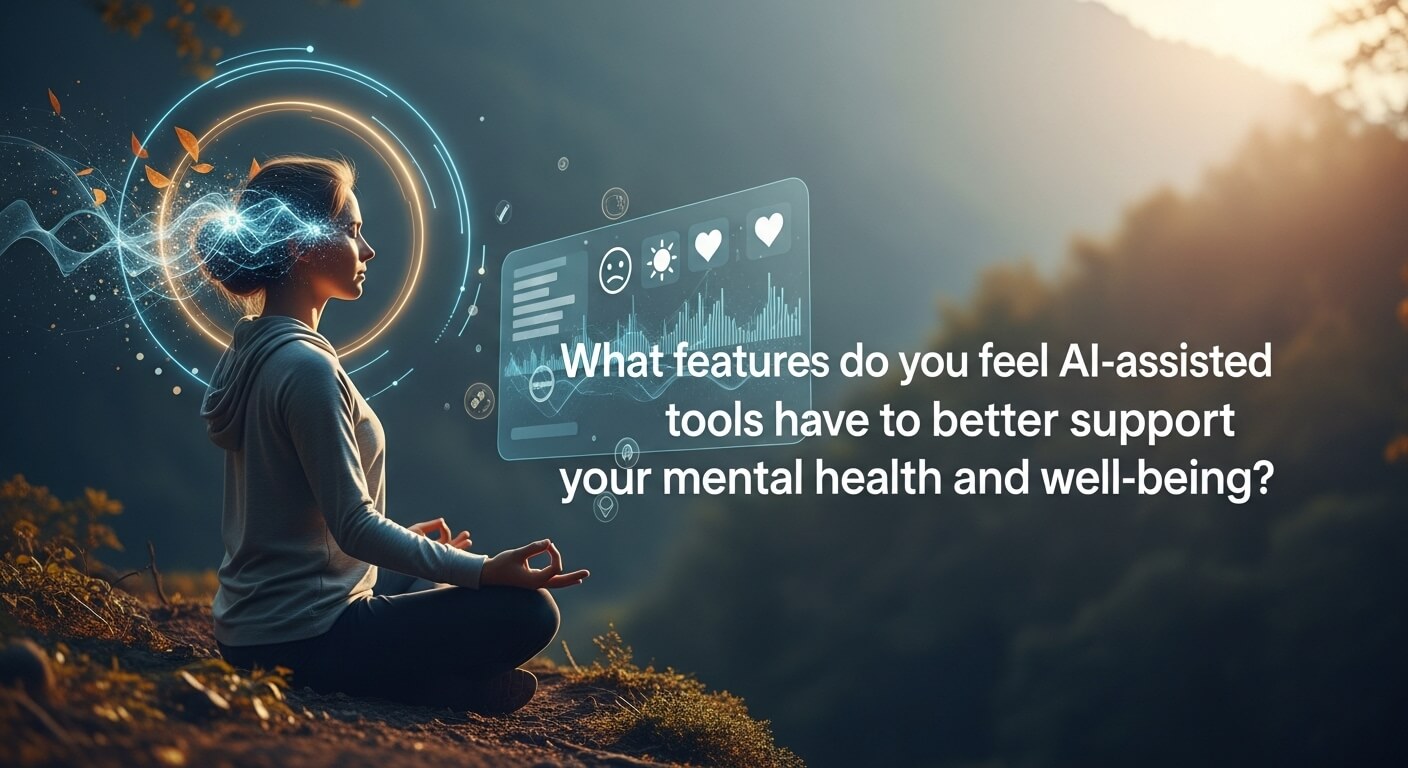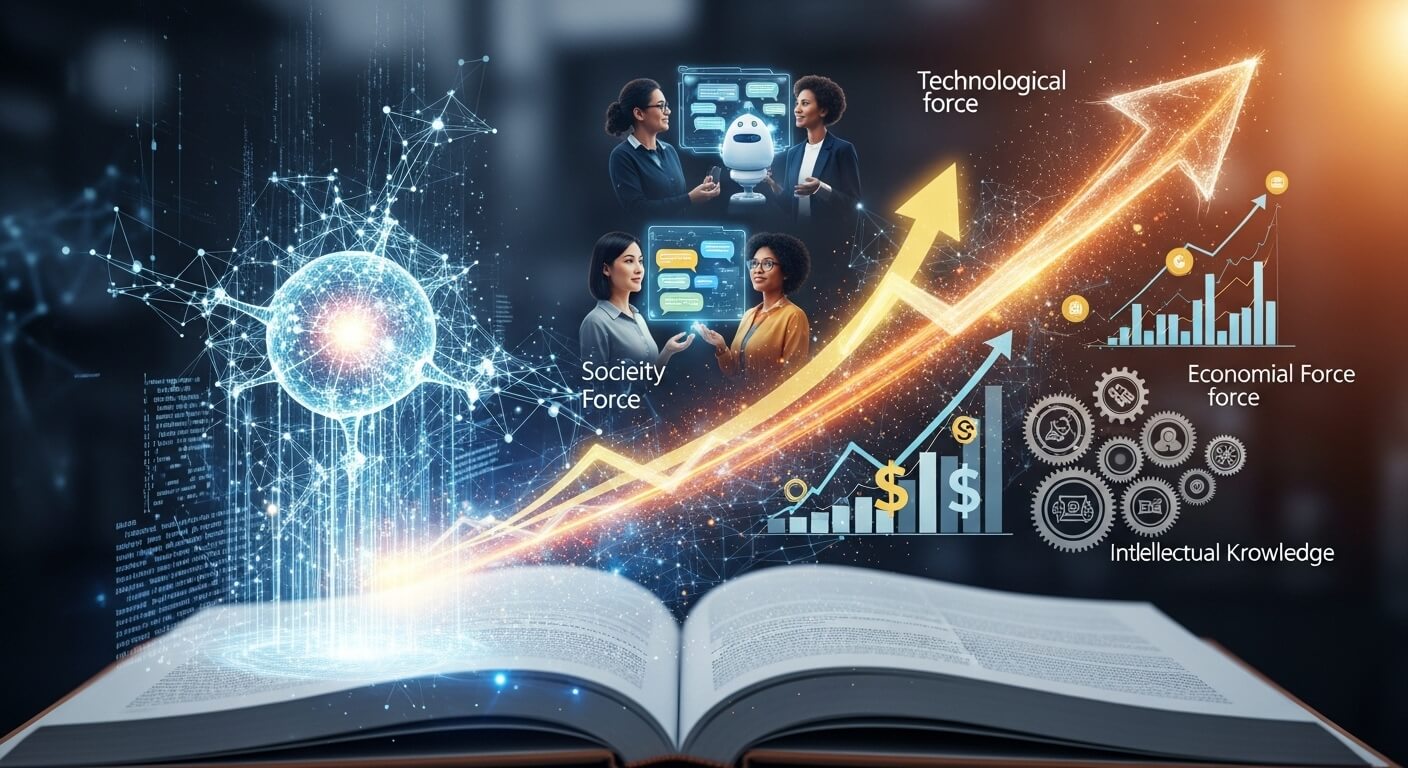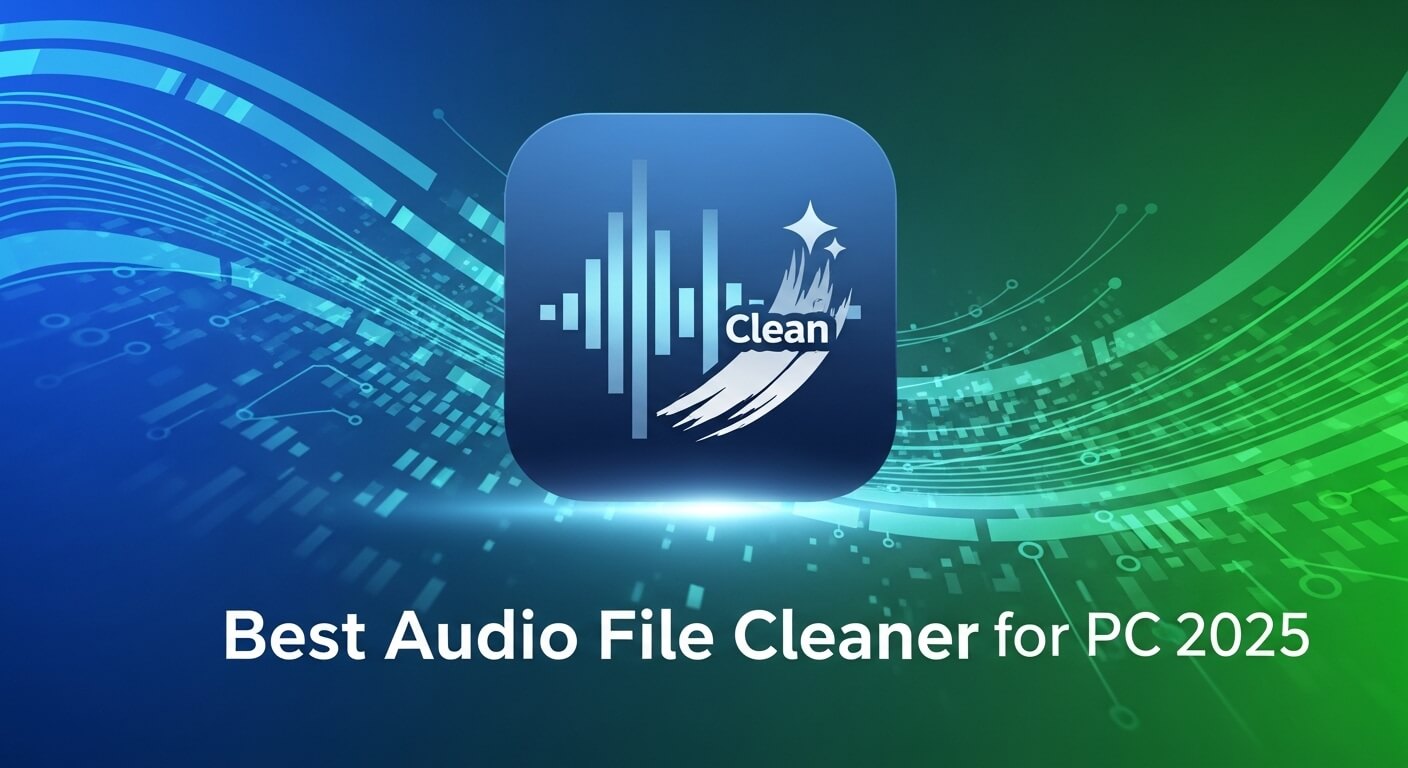In the dynamic realm of artificial intelligence, OpenAI’s GPT-4 stands as a cornerstone achievement, marking a pivotal shift toward multimodal generative models. Launched in March 2023, GPT-4 revolutionized how machines process and generate content, accepting both text and image inputs to produce sophisticated text outputs. As of August 2025, while newer iterations like GPT-4o and GPT-4.1 have built upon its foundation, the core GPT-4 architecture continues to influence applications across industries. This comprehensive overview explores GPT-4’s development, technical intricacies, features, integrations, real-world uses, limitations, comparisons, and future trajectory, offering insights for developers, businesses, and enthusiasts navigating the AI landscape.
GPT-4’s significance lies in its human-level performance on benchmarks, enhanced reliability, and creative capabilities, setting benchmarks for subsequent models. Despite the emergence of GPT-5 in August 2025, GPT-4 remains relevant through variants like GPT-4 Turbo and GPT-4o, powering tools like ChatGPT and enterprise solutions. With over 100 million weekly users relying on its descendants, understanding GPT-4 provides essential context for AI’s rapid evolution.
The Evolution and Development of GPT-4
OpenAI’s journey to GPT-4 began with earlier models like GPT-3 in 2020, which demonstrated emergent capabilities in natural language processing. GPT-4, announced on March 14, 2023, represented a leap in scale and multimodality, trained on vast datasets including public web content and licensed sources up to September 2021. Developed by a team of over 200 researchers, it incorporated innovations in predictable scaling, allowing accurate performance predictions from smaller prototypes.
Post-launch, GPT-4 evolved through variants. GPT-4 Turbo, introduced in November 2023, extended context to 128,000 tokens and improved efficiency. By May 2024, GPT-4o (“omni”) added real-time audio and vision processing, responding in milliseconds. In 2025, updates accelerated: GPT-4.5 in February focused on scalable training techniques, followed by GPT-4.1 in April, enhancing coding and long-context handling up to 1 million tokens. These iterations addressed user feedback, with GPT-4.1 mini and nano models optimizing for speed and cost.
By mid-2025, OpenAI began sunsetting base GPT-4 in ChatGPT, replacing it with GPT-4o by April 30, 2025, to streamline offerings amid GPT-5’s release. This evolution reflects OpenAI’s commitment to iterative improvement, balancing innovation with safety through red-teaming and expert collaborations.
How GPT-4 Works: A Technical Deep Dive
GPT-4 operates on a transformer-based architecture, pre-trained to predict the next token in sequences of text or multimodal data. It employs reinforcement learning from human feedback (RLHF) to align outputs with user intent, incorporating a safety reward signal to minimize harmful responses. The model’s scale—estimated at around 1.7 trillion parameters—enables emergent abilities in reasoning and creativity.
The training process involves:
- Pre-Training: Exposure to massive datasets for next-token prediction, fostering broad knowledge.
- Fine-Tuning: RLHF refines behavior, using human evaluators and AI-assisted classifiers for safety.
- Multimodal Integration: In variants like GPT-4o, end-to-end training processes text, audio, images, and video uniformly.
GPT-4 supports context windows from 8,192 to 32,768 tokens initially, expanded to 1 million in GPT-4.1. Pricing via API starts at $0.03 per 1,000 prompt tokens, with rate limits ensuring scalability. In 2025, optimizations like those in GPT-4.1 nano reduce latency by half while maintaining high performance.
Despite its prowess, GPT-4 can hallucinate or err in reasoning, mitigated through ongoing post-training adjustments.
Key Features and Capabilities of GPT-4
GPT-4 excels in versatility, scoring near human-level on exams like the Uniform Bar Exam (top 10%) and SAT Math. Key features include:
- Multimodality: Processes images for tasks like diagram analysis or visual reasoning.
- Steerability: System messages allow customization of response style.
- Enhanced Reasoning: Chain-of-thought prompting improves complex problem-solving.
In 2025 updates, GPT-4o adds audio responses in 232ms average, while GPT-4.1 boosts coding benchmarks by 21% over predecessors. Capabilities span multilingual support (outperforming in 24 languages on MMLU) to agentic tasks like software engineering.
GPT-4’s Integration with ChatGPT and Other Tools
GPT-4 powers ChatGPT’s advanced modes, enabling conversational AI with image inputs and voice interactions in GPT-4o. API integrations extend to platforms like Microsoft Azure, where GPT-4.1 offers 1M token contexts. Tools like DALL·E and Sora complement it for multimedia generation.
Real-World Applications and Use Cases
From healthcare (analyzing medical records) to education (tutoring), GPT-4 transforms workflows. Businesses like Stripe use it for fraud detection, while developers leverage it for code generation. In 2025, integrations with Epic Systems aid patient queries.
Limitations and Ethical Considerations
GPT-4 risks biases, hallucinations, and misinformation, with mitigations reducing harmful outputs by 82%. Ethical concerns include data privacy and societal impacts, addressed via usage policies.
Comparisons with Other AI Models
Compared to GPT-3.5, GPT-4 is 40% more factual. Vs. competitors like Claude 3, it leads in multimodality but trails in some open-source efficiency.
| Model | Parameters | Context Window | Key Strength |
|---|---|---|---|
| GPT-4 | ~1.7T | Up to 1M (2025 variants) | Multimodal Reasoning |
| GPT-3.5 | 175B | 16K | Cost-Effective Text |
| Claude 3 | Variable | 200K | Ethical Alignment |
Future Prospects and Updates in 2025
With GPT-5’s launch, GPT-4 transitions to legacy status, but variants persist for specialized tasks. Expect warmer personalities and customization.
Frequently Asked Questions About OpenAI GPT-4
1.What is OpenAI GPT-4?
A multimodal AI model for text and image processing.
2.How does GPT-4 differ from GPT-3.5?
Superior reasoning and multimodality.
3.What are GPT-4’s capabilities?
Exam-level performance, code generation, visual analysis.
4.Is GPT-4 free to use?
Available via ChatGPT Plus ($20/month).
5.What are GPT-4’s limitations?
Hallucinations, pre-2021 knowledge cutoff.
6.How to access GPT-4 API?
Through OpenAI’s developer platform.
7.Can GPT-4 process images?
Yes, in variants like GPT-4V.
8.What is GPT-4o?
An omni-model with audio/video support.
9.How much did GPT-4 cost to train?
Over $100 million.
10.Is GPT-4 safe?
Mitigations reduce risks, but monitoring continues.
11.What benchmarks does GPT-4 excel in?
MMLU, HumanEval, USMLE.
12.Can GPT-4 be used for coding?
Yes, with high accuracy.
13.What is the context window for GPT-4?
Up to 1M tokens in 2025 versions.
14.How does GPT-4 handle multilingual tasks?
Strong in 26 languages.
15.What’s next after GPT-4?
GPT-5, focusing on advanced reasoning.
Conclusion
OpenAI’s GPT-4 has redefined AI possibilities, evolving from a 2023 breakthrough to a 2025 legacy foundation amid newer models. Its multimodal prowess, ethical safeguards, and broad applications underscore its enduring impact. As AI advances, GPT-4’s lessons in scalability and safety will guide future innovations, empowering users while prompting responsible deployment.

The editor of All-AI.Tools is a professional technology writer specializing in artificial intelligence and chatbot tools. With a strong focus on delivering clear, accurate, and up-to-date content, they provide readers with in-depth guides, expert insights, and practical information on the latest AI innovations. Committed to fostering understanding of fun AI tools and their real-world applications, the editor ensures that All-AI.Tools remains a reliable and authoritative resource for professionals, developers, and AI enthusiasts.



